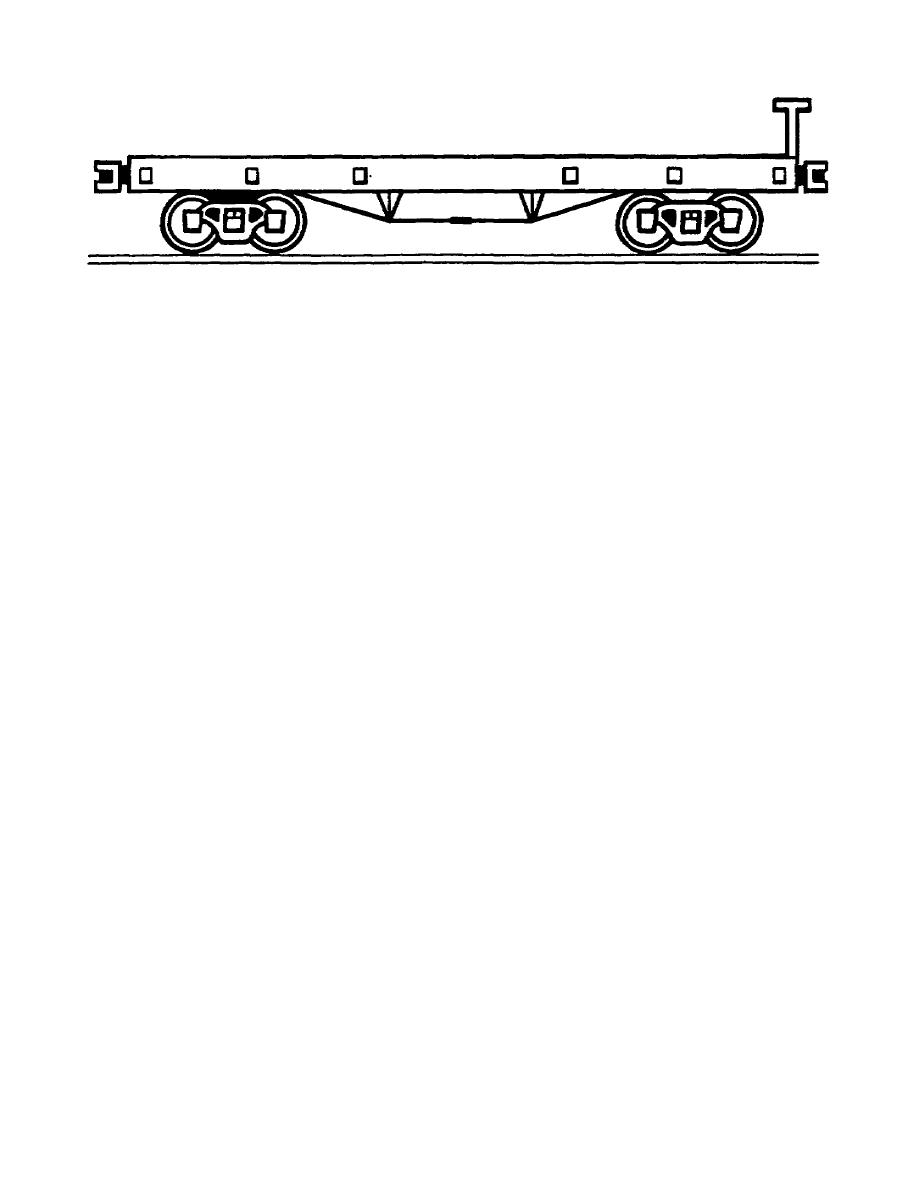
Chapter 3
ROLLING STOCK
3.1. INTRODUCTION
Tonnage movements are the primary interest of the transportation
railway service; therefore, freight cars are the most important units of its
rolling stock. This chapter discusses rolling stock in general because, as
stated earlier, all railway cars have the same general design except for the
superstructure. Explained are the common components of railway cars, the
preventive maintenance checks, and the inspections and maintenance performed
on them as well as the forms that inspectors and other maintenance men use.
You may notice an overlap in the discussion on preventive maintenance for
rolling stock and locomotives. It exists because some of the components
discussed in this chapter are common to all types of railway equipment. The
three sections into which chapter 3 is divided discuss, in turn, the common
components, the preventive maintenance, and the forms for the inspection and
maintenance of rolling stock.
Section I. Common Components
3.2. General
Examine the structure of any freight car, and you will find that it
has four components in common with all other freight carsthe underframe,
the truckassembly, the coupler, and the draft gear. Interchanging railway
cars among commercial railroads, a longestablished practice, brought about
the need to standardize freight car construction. Efficient maintenance and
operation required standard components. While the superstructure of a
freight car may be designed for a specific use, below the deck each U.S.
railway car is much like any other. The four common components are
discussed in paragraphs 3.3 through 3.6.
38



 Previous Page
Previous Page
